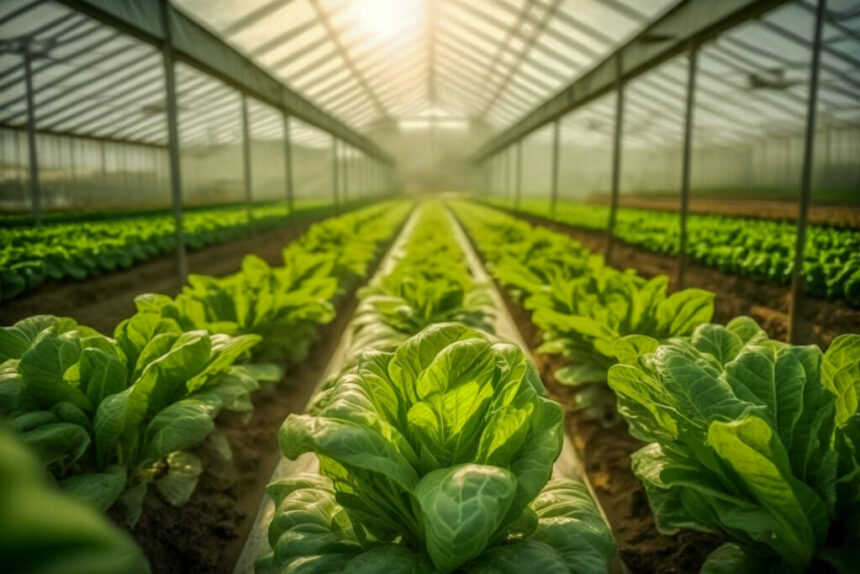In the remote communities of northern Manitoba, where grocery prices can reach three times those in urban centers and fresh produce often arrives wilted after long journeys, a quiet revolution is taking root. Community-led indoor farming initiatives are transforming food security challenges that have plagued these isolated regions for generations.
The stark reality of northern food insecurity became painfully visible during the pandemic when supply chain disruptions left store shelves empty. For Churchill resident Maria Spence, this crisis catalyzed action. “When we couldn’t get fresh vegetables for weeks, I realized we needed to take control of our own food supply,” Spence told me during my recent visit to the community’s new indoor farming facility.
This 1,200-square-foot facility, housed in a repurposed community center, now produces leafy greens, herbs, and select vegetables year-round—even when outdoor temperatures plummet to -40°C. The controlled environment uses hydroponics and LED lighting systems specifically calibrated for growing conditions, allowing plants to flourish regardless of the harsh climate outside.
The technological innovation is impressive, but equally remarkable is the community engagement model. In Norway House Cree Nation, another pioneering indoor farm operates as a cooperative, with profits reinvested into expanding production capacity and training local residents in hydroponic farming techniques.
“We’ve created eight permanent jobs and provided agricultural skills training to over 30 community members,” explains Robert Thunder, the Norway House facility manager. “But more importantly, we’re seeing children develop healthier eating habits because fresh vegetables are consistently available and affordable.”
The economic impact extends beyond immediate food production. These facilities create year-round employment in communities where seasonal work has long been the norm. Additionally, by keeping food dollars circulating locally rather than flowing south to large distributors, these projects strengthen regional economic resilience.
Provincial government support has been instrumental in scaling these initiatives. Manitoba’s Northern Healthy Foods Initiative has provided approximately $4.2 million in funding over the past three years, supporting ten indoor farming projects across northern communities. These investments appear to be paying dividends in both health outcomes and economic development.
Health researchers from the University of Manitoba have documented preliminary results showing increased fruit and vegetable consumption in communities with operational indoor farms. “We’re seeing a 22% increase in reported daily vegetable intake among families with access to these facilities,” notes Dr. Karen Phillips, who leads the university’s nutrition research team studying these communities.
The model has attracted attention from other northern regions facing similar challenges. Representatives from Nunavut and the Northwest Territories have visited Manitoba’s facilities, exploring how to adapt these approaches to their communities.
Challenges remain, particularly regarding energy costs. Indoor farming requires significant electricity, which can be expensive and sometimes unreliable in remote locations. Several communities are exploring renewable energy integration to address this hurdle, with Norway House planning a solar array installation next summer to offset operational costs.
As climate change continues to threaten traditional hunting and gathering practices while simultaneously making transportation routes less reliable, these indoor farming initiatives represent not just a temporary solution but potentially a new paradigm for northern food systems.
As communities across Canada’s north face intensifying food security challenges, could Manitoba’s community-controlled indoor farming model provide a blueprint for sustainable, locally-driven solutions that nourish both people and economies?


















